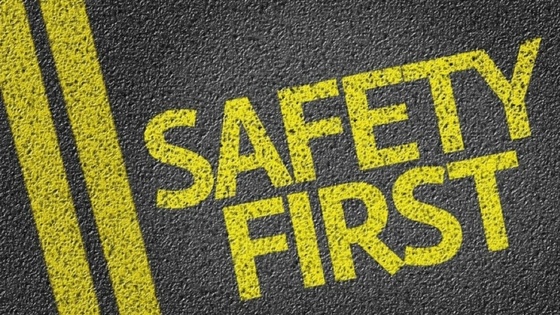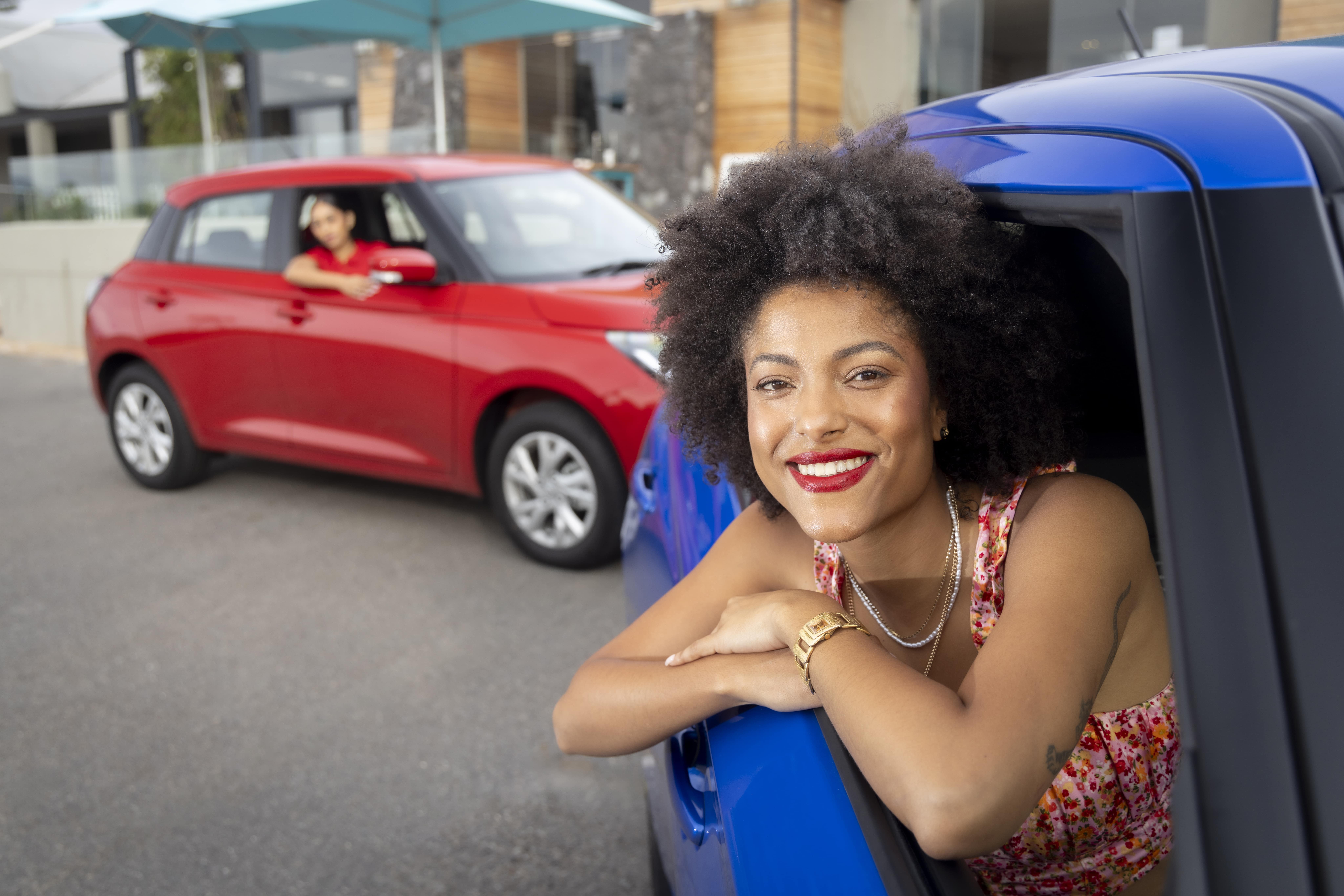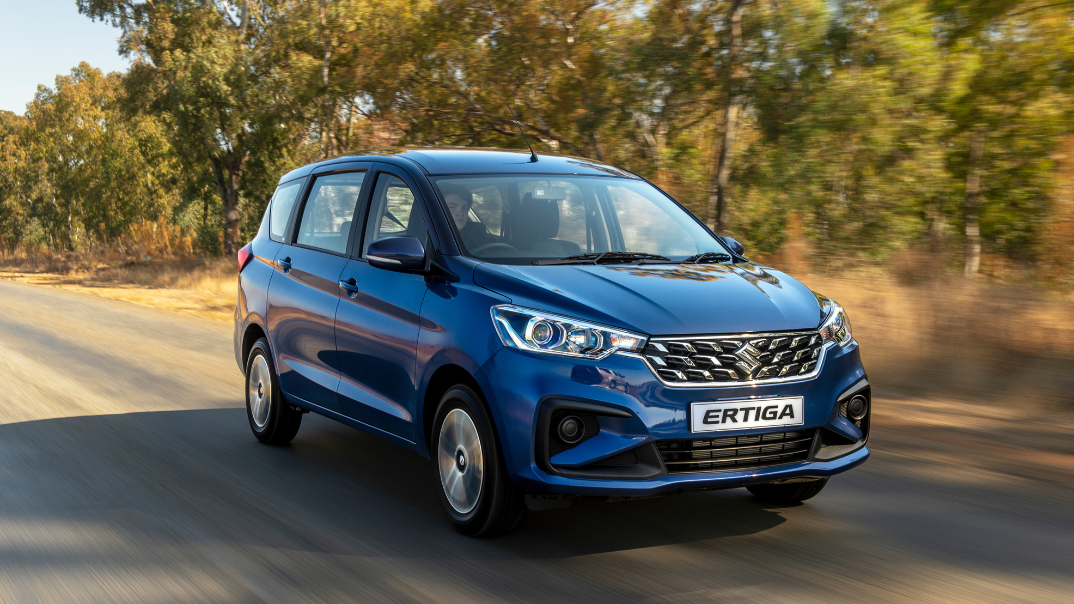There are many emergency situations that can happen when you’re out on the road. Some drivers go for years without experiencing one, while others find themselves in a sticky situation within their first week of driving. This is precisely why you should always be prepared.
The problem with road emergencies is that we absolutely can’t predict when or where they’ll happen. Ensuring that you are as prepared as possible for any situation is the best way to ensure you get through an emergency as quickly and safely as possible. 🧷🚗
This doesn’t mean you always have to lug around seven spare wheels and a medical kit that will put an ambulance to shame. But there are steps you can take that will help you in different emergency situations.
Information
Whether you do daily school runs or regular cross-border trips, arming yourself with as much information as possible will always help. Most of us are pretty flustered after a minor incident such as a bumper bashing, so keeping crucial documents and information in your car is always a good call. It will also help first responders to assist you, should you be involved in an accident. For example:
- Keep your vehicle insurance information in your vehicle. The cubby hole is perfect for that. When you’re holding up irritated drivers in the middle of the highway after a minor accident, you want that info on hand. You don’t want to be trying to find insurance contact numbers or policy details. Keep it within reach.
- Medical information is vital. If you, or anyone in your family, require a medic alert bracelet, please at least wear it when you’re in a vehicle. This can literally mean the difference between life or death should you be in an accident. And these can happen on the way to school just as easily as on a long road trip.
- Keep a list of emergency contacts in your phone, or a hardcopy in your vehicle. Make two lists:
- One is a list for you: local emergency contacts, friends or family should you need help. The reason a printed copy is a good idea is because phones tend to fly around during accidents and at least you can still use somebody else’s phone.
- The other list is for emergency personnel: Include your emergency family/friends contacts as well as medical aid information and even your family doctor’s details if you have one.
Should you ever find yourself in a serious or scary emergency, you will be very thankful to have easy access to all the necessary information.
Safety basics
Every vehicle should be equipped with safety basics and it’s up to owners to ensure everything is in place and in working order.
- Spare wheel - most vehicles are equipped with a full-size/temporary spare wheel. These should be checked at least once every six months (or before a long trip) to ensure the spare is still in good working order. Rubber deteriorates over time, so just because it’s never been used doesn’t mean it’s still safe to use.
- Emergency triangle - most cars come with a reflective triangle for times when your vehicle has to be stopped next to the road in an emergency. Make sure you know where it is and how it works.
- Reflective vest - few people actually keep a reflective vest in their cars, but consider this: how visible are stopped vehicles and pedestrians on our roads? Especially unlit roads. A safety vest makes you much more visible in the dark should you get stuck next to the road at night. They are inexpensive and can be purchased online and at most hardware stores.
- First Aid Kit - many manufacturers have first aid kits that you can purchase. They are also readily available online and at most pharmacies or even outdoor stores. It’s a good idea to personalise your first aid kit depending on your needs.
As mentioned, there are many different types of emergencies and how you respond will depend on the severity as well as where you are. Below are some examples:
1. A flat tyre or engine problems
At some point, most of us are going to have a flat tyre. Some of the best advice is to learn how to change a tyre, specifically on your own car. If you do get stuck in the middle of nowhere, it means you’re not completely helpless.
The biggest threat in SA is, unfortunately, the risk that comes with being stuck next to the road. If you’re in a busy area or parking lot it’s safe enough to wait for the AA or even ask for help, but if you’re alone at night you really don’t want to be a sitting duck.
If you find yourself in a situation where you’re on a lonely road at night with a flat tyre, or dead engine, you have the following options:
- Pull over safely, switch on your hazards, put out your emergency triangle. You can then call your relevant roadside assistance and wait for help.
- Assess your situation: if your vehicle is a safe distance from the road and there is no risk of other speeding vehicles colliding with your stationary vehicle, then it’s safe to stay in the vehicle with your seatbelt on (just in case).
- If your vehicle is still in the road, or even in the emergency lane, it might be safer to get out of the vehicle and away from the road. Unfortunately our roads are not well regulated and even with hazards on and an emergency triangle, you could still get hit by a distracted or speeding driver. You need to carefully assess the situation and decide which option seems the safest.
- Whatever the situation, make sure you call a friend or relative to tell them where you are and what is going on. Even if you’re far away and they can’t help you directly, they can still help you get hold of the police, emergency services, or even roadside assistance. It all depends on what type of help you need.
2. Minor accident
Bumper bashings and scrapes are, unfortunately, quite common. If you find yourself involved in a small accident, make sure you follow the right procedure:
- STOP immediately!
- Ensure that you get the other driver’s details. Both drivers should:
- Take down each other’s contact details
- Exchange insurance details
- Take photos of both vehicles to show the damage
- Go to the nearest police station and file an incident report as soon as possible.
3. Serious Collision
If you’re involved in a serious collision where vehicles are significantly damaged and people may be injured, try to remember the following:
- Firstly, assess whether you have any obvious injuries. Again, you’ll have to use your own judgement, but if you suspect any neck or back injuries, try not to move until emergency services arrive.
- Call local emergency services immediately and give them as much information as possible: location, number of vehicles involved, and your contact details.
- Do not move any passengers, wait for emergency services to arrive.
- If possible, make sure you get as much information as possible (see the above-mentioned list).
- Try to stay as safe as possible: if you can switch on hazards and make the scene as visible as possible to avoid further collisions, do so. But only if it’s safe.
4. Hijacking
Hijackings are a real possibility in South Africa and they really do happen anywhere. Yes, some areas are riskier than others, but we’ve all seen the videos of people being hijacked in their own driveways or shopping centre parking lots. It’s something that all drivers must be aware of at all times.
However, should you find yourself in the middle of a hijacking with no way to avoid it, try to remember the following:
- Most hijackers have one goal: to get away with your vehicle as quickly as possible. They want to draw as little attention as possible.
- Even if your first instinct is to fight and try to get away, just stay calm. Listen to their instructions and comply. Make it clear that they are welcome to take the car.
- Don’t make any sudden movements, hand over the keys, keep your hands in the air, and slowly back away if they’ll let you. Remember that they most likely only want the vehicle and want to get away with as little fuss as possible.
- Staying calm will keep them calm and increases your chances of coming out of this scenario unhurt.
There are many more scenarios we could list from medical emergencies to extreme weather. In all situations, however, the safety of the driver and any passengers is the most important. Being prepared with the basics mentioned at the beginning of this post goes a long way. Then, if you do find yourself in an emergency situation, follow the most logical steps that will keep everyone as safe as possible until help arrives.
Take these steps to prepare for vehicle emergencies and learn how to stay as safe as possible should you be involved in a roadside incident.
Small preparations can make a big difference if you have a vehicle emergency.
We can’t predict when/if a vehicle emergency will happen. Whether it’s a flat tyre or an accident, you want to ensure you’re as prepared as possible. Download our ultimate guide to safety on the road and find out what you can do to keep yourself and any passengers safe during an emergency.



